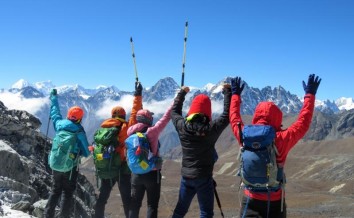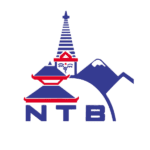Embark on the ultimate Everest Three High Passes Trek in 2025/26, A 20-day adventure across Renjo La, Cho La, & Kongma La, offering breathtaking views of Everest, Ama Dablam, & more. Get the best itinerary & cost details now. Do you wish for an adventurous journey, full of challenges and highly adrenaline-rushing with rewarding views in the trek? Then, the Everest Three High Pass Trek is the right trek for you. Explore the 3 High Passes of the Everest Region: Renjo La Pass (5,338 meters), Cho La Pass (5,368 meters), & Kongma La Pass (5,535 meters). Moreover, immerse into exploring the lifestyle of locals, floras, and faunas, several mountain peaks up in the Himalayas.
The journey begins with an adventurous flight to the Lulka Airport, from where we will head to Phakding. Traversing through the local community of Sherpa and acclimatizing at different altitudes, we pass over Renjo-La Pass and explore the Gokyo Valley. Moving further, we will trek along the rugged terrains and explore the viewpoints we pass over Cho-La Pass and then Kongma-La Pass, finally retracing our way back to the capital.
Passing through protected areas like Sagarmatha National Park and exploring the wilderness in the Himalayas with rugged terrains, we visit three of the highest passes in the Everest region. The trek will offer more than just the views of the landscapes and the mountain peaks. We will also explore the traditions and culture of the Sherpa community and visit the monasteries.
To summarize, this journey will take you through the rugged terrains, and experience the local cuisine and their lifestyle at the extreme. In addition, you will explore the 3 passes in the Everest region along with the 5 lakes in Gokyo Valley and finally a closet view of Mt. Everest from the Kalapatthar viewpoint.
Everest Three High Pass Trek Highlights
-
A challenging and adventurous trek in the Everest region where you will pass through Three High Pass.
-
A scenic flight to the Gateway To The Everest Region, Tenzing-Hillary Airport (Lukla Airport).
-
Navigate through the Capital of the Sherpas, Namche Bazaar.
-
Witness unique floras and faunas in the Sagarmatha National Park.
-
Witness the stunning views of the 5 lakes in Gokyo Valley with the Gokyo Ri.
-
Indulge in getting the closest view of Mt. Everest from the Kalapatthar viewpoint.
Why choose us for this trek?
Nepal Unique Treks is a professional & Government-authorized Trekking Agency providing organized adventure trips all over Nepal for over 2 decades. In addition, we have some of the best teams that will ensure you have a great trip without any hassle in every possible manner. Moreover, the guides we have in the team are government license holders and have been in this sector for over a decade.
We provide these services not only in Nepal but also in Bhutan and Tiber. You can customize the itinerary according to your preferences, and we will proceed accordingly on this journey. Below is some additional information on why we are the perfect choice for the Everest Three High Pass Trek:
-
Our core strengths are designing exceptional itineraries, organizing logistics, and providing knowledgeable guides.
-
Prioritizing the best experience in the entire journey, we ensure to provide you the best services in every meal served and place accommodated.
-
Our guides have knowledge and network in multiple regions enabling an extra layer of convenience and support in the trek.
-
Skilled and experienced guides will help you from the very beginning of the trek, ensuring a better journey.
Permits required for Everest Three High Pass Trek
Permits are special documents that we require for our trekking journey. In our trail, some places are protected, and we can only pass through these areas with a permit. In addition, there is a special permit, Trekker's Information Management System (TIMS) Permit, which allows the government officials to track the trekkers for their well-being and safety. For the Everest Three High Pass Trek, we require the following permits:
1. Sagarmatha National Park Entry Permit
En Route, we will have to pass through Sagarmatha National Park, where we will explore the wilderness of the Himalayas. Established by the Government of Nepal, this national park aims to preserve the rare floras and faunas. Therefore, to enter Sagarmatha National Park, we require a permit. The trekking route consists of passing and entering the Khumbu Region, from where we can explore the Everest Region and all the
2. Khumbu Pasang Lhamu Municipality Entry Permit
places in this region. This permit fee is contributed to supporting local development projects, and infrastructures ensuring the welfare of the Sherpa Community. Moreover, it also allows monitoring of the trekkers for their safety within the protected areas.
3. Trekker's Information Management System (TIMS) Permit
TIMS Permit is a special type of permit that helps government officials track the trekkers, ensuring their safety and well-being. In Nepal Unique Treks, we help you to get these permits without any hassle. Let us streamline the process of getting these permits while you prepare for the trek.
Why is insurance necessary for the Everest Three High Pass Trek?
In an adventurous journey up in the Himalayas, there can be a few cases where we might encounter an emergency. There are multiple reasons which can cause this. And the cost required to tackle during these hard times can be hefty. Therefore, to downsize the potential risk we require proper insurance.
For any Trekking in Nepal, government officials have made it mandatory to have insurance. This insurance comes in handy, especially in emergencies. There are different kinds of insurance you can get before starting this journey. Some of them provide medical coverage, emergency evacuation, cancellation insurance, and many more. However, we highly recommend you take the insurance package that covers all of these.
Even though we will be trekking in the most favorable seasons of the year, there is still a possibility of a sudden change in the weather. Only a simple change in weather can disrupt our trek and can lead to other emergencies as well. Therefore, to ensure things go smoothly even in emergency cases, we recommend you get the full package of insurance. Furthermore, our guides will always be there to assist and navigate you even in emergency cases. This way, we can ensure you have a great journey with all the safety.
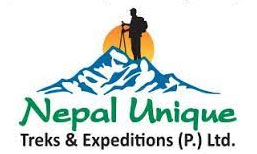
 WhatsApp
WhatsApp  Plan Your Trip
Plan Your Trip




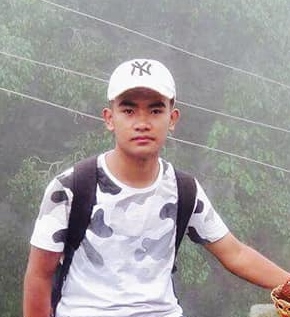



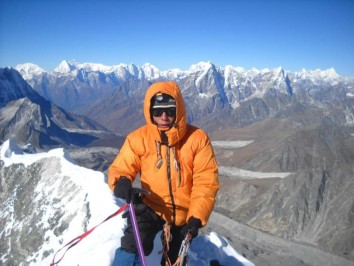
 US$2450
US$2450 
.jpg)



